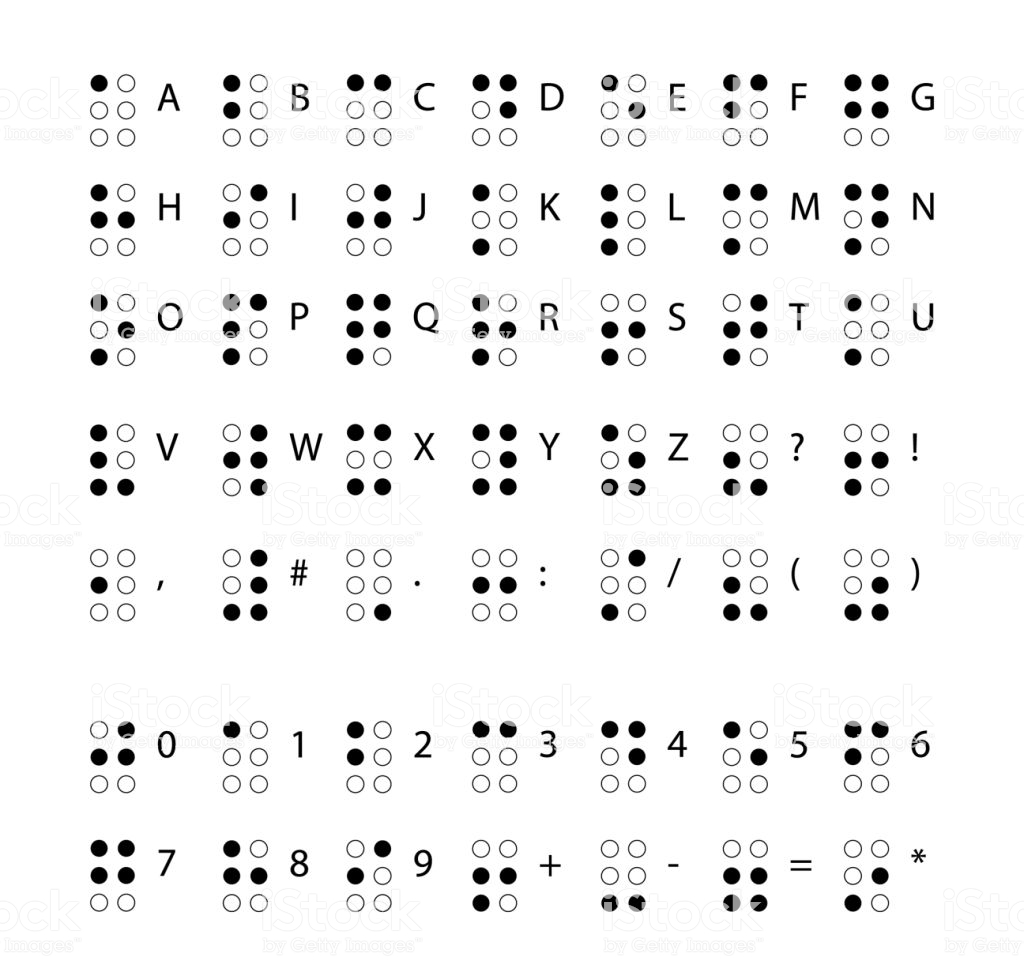A Jawaharlal Nehru University Professor BS Balaji has developed a braille model to teach chemistry to his visually-challenged students. Talking about the research he said, he had developed a simple lock-and-key model to teach chemistry concepts to the visually-impaired students owing to the restrictions in the science education, he had designed the model to address the shortcomings.
The lock-and-key model for teaching chemistry was built using 3D printing technology with biodegradable polymers. The model has been connected with normal letters along with Braille letters so students with normal eyesight can also learn from it while teachers are not required to be an expert in braille.
The professor went on to explain that the model includes elemental letters, numbers, arrows signs, superscripts, and subscripts. “Both Braille and alphanumeric letters have been included in our model. The model cards are like puzzle cards with six categories to represent various chemical notations,” he said.
Professor Balaji further said, “These six categories will make various representations of chemical concepts with creation of both positive and negative ions, we can create chemical equations.”
Professor BS Balaji said he was looking for support to implement the model on a large scale and will approach the NGOs, NCERT and various state and central government organizations.
Braille created by Louis Braille, is a touch and writing system used by people who are visually impaired.

